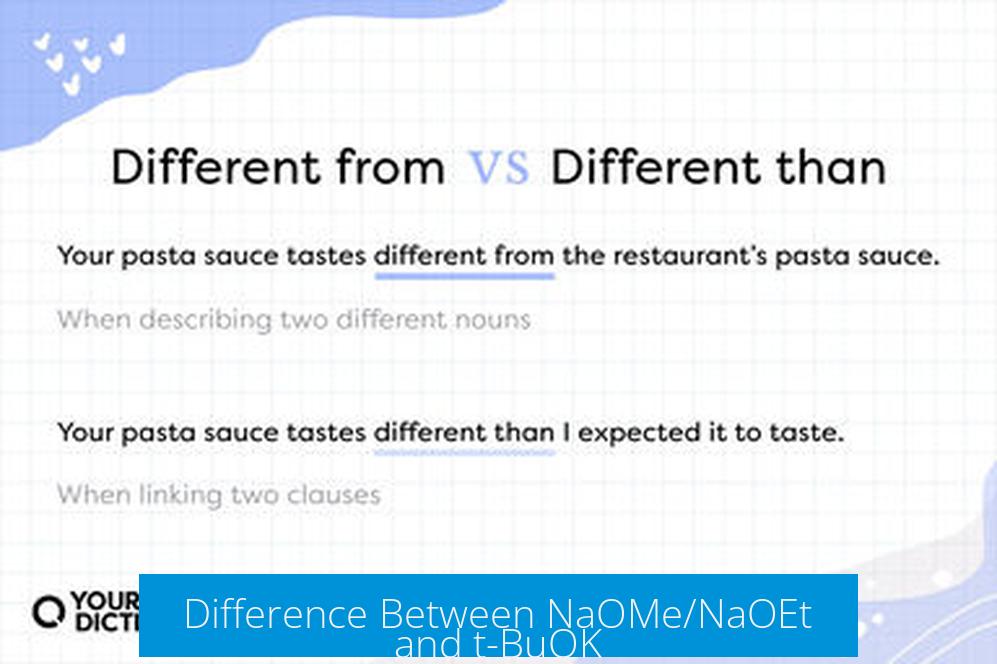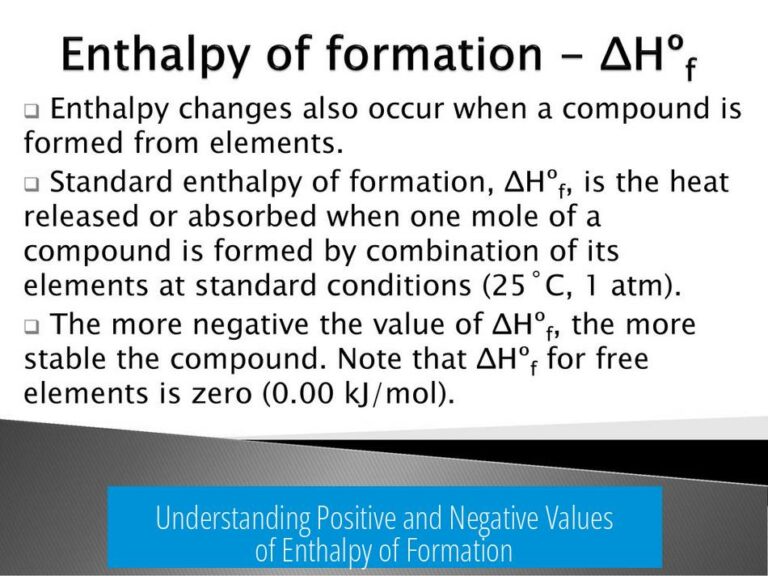Difference Between NaOMe/NaOEt and t-BuOK

NaOMe, NaOEt, and t-BuOK differ primarily in their size, steric bulk, and the regioselectivity they provide in E2 elimination reactions.
Base Size and Steric Bulk
t-BuOK is a bulky base due to its tert-butyl group. This large steric bulk limits its ability to abstract hydrogens from sterically hindered sites.
In contrast, NaOMe and NaOEt are smaller bases with methoxide and ethoxide groups. Their smaller size makes them less hindered, allowing them easier access to various sites on the substrate.
Regioselectivity in E2 Reactions
These steric differences affect which hydrogen atom the base removes in elimination reactions.
- t-BuOK favors elimination of a hydrogen on the less hindered carbon. It leads to the Hofmann product, the less substituted alkene. This outcome is due to kinetic control—the bulky base quickly removes the more accessible hydrogen.
- NaOMe and NaOEt prefer to remove hydrogens from the more substituted carbon. This favors the formation of the Zaitsev product, the more substituted and typically more stable alkene.
Reaction Mechanism: E2 Elimination
All three bases act as strong bases and proceed via an E2 mechanism with suitable alkyl halides. In this concerted step, the base removes a β-hydrogen while the leaving group departs, forming an alkene.
- NaOMe and NaOEt, being smaller, approach more hindered β-hydrogens easily.
- t-BuOK, due to its bulk, avoids sterically crowded sites, controlling product outcome.
Summary Table
| Property | NaOMe / NaOEt | t-BuOK |
|---|---|---|
| Base Size | Small | Bulky |
| Major Product in E2 | Zaitsev (more substituted alkene) | Hofmann (less substituted alkene) |
| Mechanism | E2 | E2 |
Key Takeaways
- t-BuOK’s bulk leads to less substituted (Hofmann) alkene products.
- NaOMe and NaOEt yield more substituted (Zaitsev) alkenes due to smaller size.
- All three bases operate via an E2 elimination mechanism.
What causes t-BuOK to favor the Hofmann product in E2 reactions?
t-BuOK is a bulky base. It removes the less hindered hydrogen easily. This leads to the formation of the less substituted alkene, the Hofmann product.
Why do NaOMe and NaOEt give the Zaitsev product instead of the Hofmann?
NaOMe and NaOEt are smaller bases. They can access more hindered hydrogens. This yields the more substituted alkene, known as the Zaitsev product.
Do all three bases follow the same elimination mechanism?
Yes. t-BuOK, NaOMe, and NaOEt all act as strong bases. They promote E2 eliminations with suitable alkyl halides.
How does steric bulk affect base selectivity between these bases?
The larger size of t-BuOK restricts it to less hindered hydrogens. Smaller NaOMe and NaOEt can reach more hindered positions. This alters regioselectivity in elimination.
Can NaOMe and NaOEt ever produce the Hofmann product?
Typically no, because their small size favors the Zaitsev rule. However, specific substrates or conditions might change the outcome. But generally, they give the more substituted alkene.





Leave a Comment